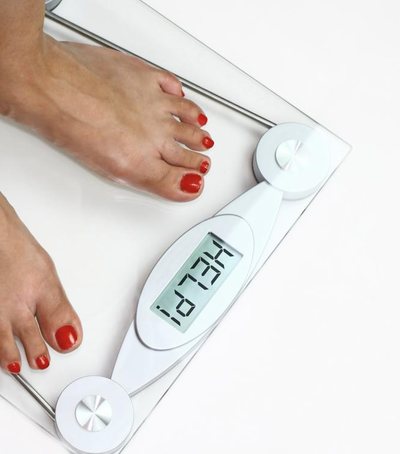
The wise popular word says we have to stretch our legs as we have a quilt. The lower the income of a family, the less likely they have to spend on things that are considered luxury, because the most essential is to provide basic nutrition and shelter needs.
According to the Family Budget Survey, families who spend a little bit (Class I) have their main spending on food and shelter, with nearly 74% of the total. The rest of their spending goes to other needs such as home maintenance and furniture, about 5% of spending, communication, health, alcoholic beverages, and tobacco. While in terms of spending on restaurants, entertainment, culture and education, they have a negligible share in the expenditure structure.
But it happens to families that spend a lot. According to the Household Budget Survey, households belonging to Class V (households that spend too much) have the cost of food for as much as 35% of the total, compared with Class I (those who spend a little) have higher spending for transport about 10.7% of total expenditures, for education 8.7%, flat 8.4%, restaurants and hotels 7.5%.
Expenditures for transport for households spending too much occupy 10.7% of the total, while for low-cost households only 1.8%.
Unlike low-cost households who prefer home-based households, high-expended households spend about 7.5% of spending on eating out, versus 1.4% spending on class I households.
For high-cost households, spending on education has a share of 8.7% of the total, while in households with low spending about 0.1%.
Household V class also spends more on clothing, where according to the Household Budget Survey expenditures for clothing amounted to 4.7% of the total, versus 2.5% of the households of Class I.

Communication costs occupy a higher share of households spending just under 4.7% of their total spending, while for Class V households, communication costs are as much as 2.8% of the total.
How does INSTAT classify the families?
In the Household Budget Survey, a representative sample of 9,312 families is taken. To determine the classes, INSTAT ranks households according to expenditures, from those with lower costs to the highest. Class I includes 20% of the lowest-cost households, while V class includes the highest expended households.
Household consumption expenditures include any type of purchase of products and services to meet the individual needs of households and individuals except for purchases of long-term equipment, capital investments, money for third parties and imputed rental.
Source: Monitor







